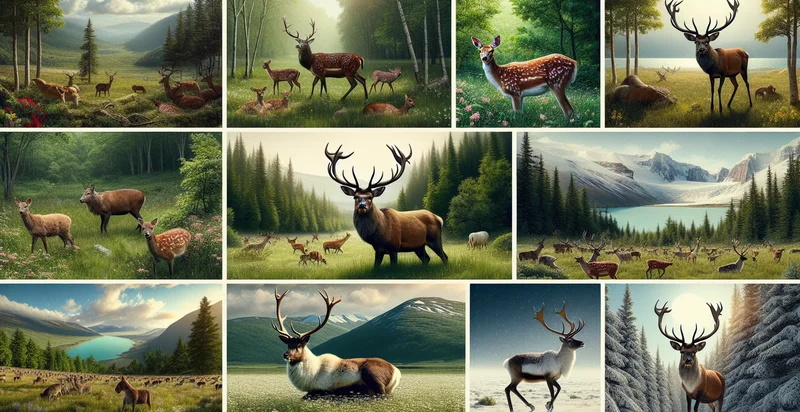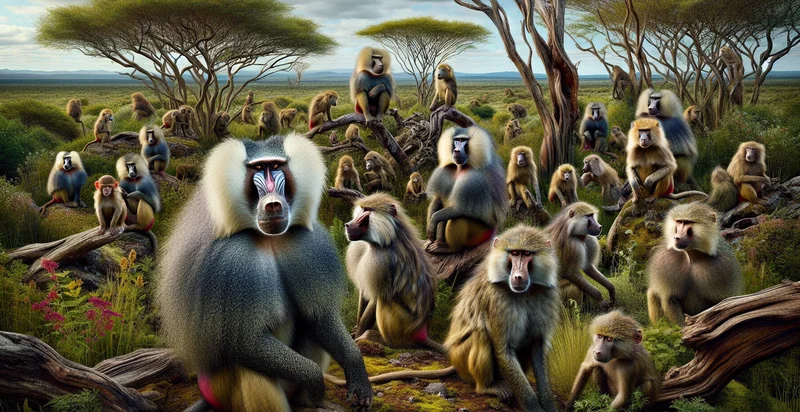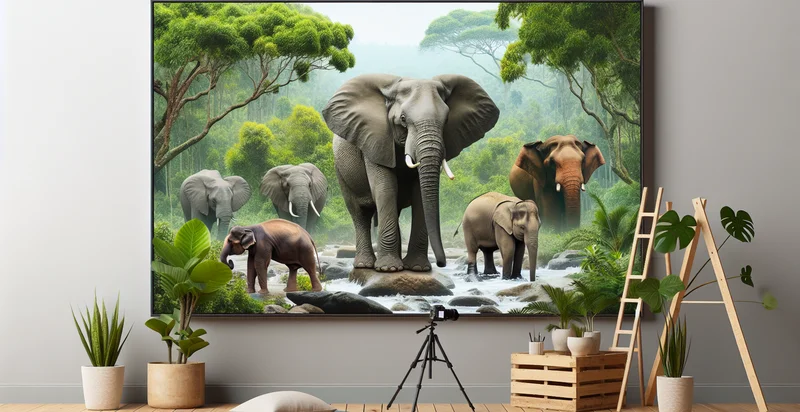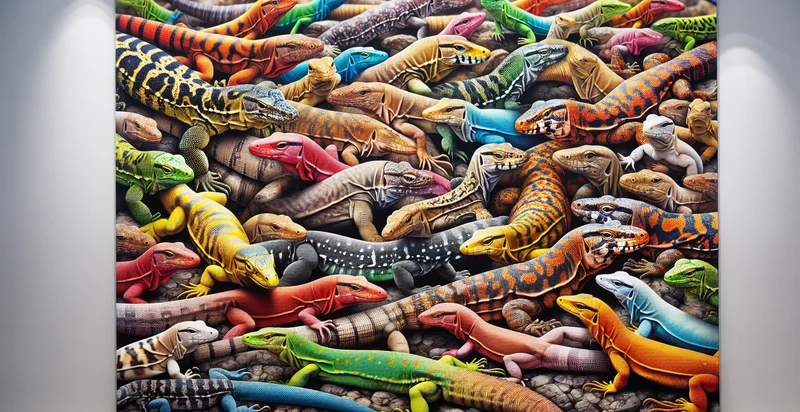Identify deer species
using AI
Below is a free classifier to identify deer species. Just upload your image, and our AI will predict which species of deer it is - in just seconds.

Contact us for API access
Or, use Nyckel to build highly-accurate custom classifiers in just minutes. No PhD required.
Get started
import nyckel
credentials = nyckel.Credentials("YOUR_CLIENT_ID", "YOUR_CLIENT_SECRET")
nyckel.invoke("deer-species-identifier", "your_image_url", credentials)
fetch('https://www.nyckel.com/v1/functions/deer-species-identifier/invoke', {
method: 'POST',
headers: {
'Authorization': 'Bearer ' + 'YOUR_BEARER_TOKEN',
'Content-Type': 'application/json',
},
body: JSON.stringify(
{"data": "your_image_url"}
)
})
.then(response => response.json())
.then(data => console.log(data));
curl -X POST \
-H "Content-Type: application/json" \
-H "Authorization: Bearer YOUR_BEARER_TOKEN" \
-d '{"data": "your_image_url"}' \
https://www.nyckel.com/v1/functions/deer-species-identifier/invoke
How this classifier works
To start, upload your image. Our AI tool will then predict which species of deer it is.
This pretrained image model uses a Nyckel-created dataset and has 30 labels, including White-Tail Deer and Mule Deer.
We'll also show a confidence score (the higher the number, the more confident the AI model is around which species of deer it is).
Whether you're just curious or building deer species detection into your application, we hope our classifier proves helpful.
Related Classifiers
Need to identify deer species at scale?
Get API or Zapier access to this classifier for free. It's perfect for:
- Wildlife Conservation Efforts: Conservation organizations can use the 'deer species' identifier to classify species in field pictures for biodiversity studies. It will help obtain accurate counts, which is crucial for developing effective conservation strategies.
- Hunting Regulation: In regions where hunting is permitted, certain deer species might be protected and others allowed to be hunted. The function can assist game wardens and hunters to correctly identify target species, potentially averting illegal activities.
- Animal Control and Management: In areas where deer overpopulation is a problem, this function can help authorities to differentiate, manage, and control specific species that are contributing to the issue.
- Forensic Applications: Crime scene investigators working on cases related to wildlife poaching could use the image classifier to help identify the species of deer involved, providing vital evidence towards solving crimes.
- Preservation of Indigenous Knowledge: Museums and cultural centers can use this function to accurately identify deer species in uploaded photos or illustrations tied to indigenous people's history and culture, helping in the preservation and interpretation of this knowledge.
- Biodiversity Monitoring: Public or private institutions undertaking biodiversity research can use the image classifier to streamline the collection and analysis of data, unifying the identification of different deer species across vast geographical areas.
- Outdoor Recreation: Nature-based businesses such as wildlife touring companies can incorporate this identifier in their mobile applications. It will enable their customers to take a picture of deer and instantly know what species they are seeing, enhancing their outdoor experience and understanding of the ecosystem.


